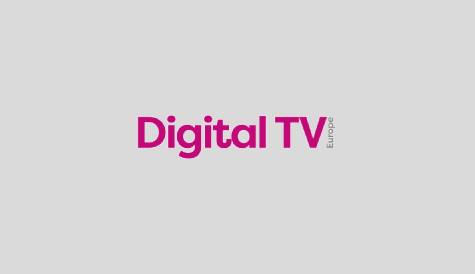Traditional TV will remain predominant, EuroSummit attendees told
The cost of delivering content over the web means that traditional linear TV distributed by service providers that have invested in infrastructure is likely to remain the dominant mode of video entertainment delivery for some time to come, CTAM Europe EuroSummit attendees heard yesterday.
Challenging the assertions made the previous day by futurologist Ben Hammersley that subscription-based services – and the TV itself – were likely to die out relatively quickly as a result of fast-moving social trends, Guy Bisson, research director, television at IHS Screen Digest told EuroSummit attendees that UK CDN costs amount to €1.2 billion currently, the equivalent of the cost of delivering 5,000 satellite channels.
Linear TV will still dominate for the near future, but with time-shifted and video-on-demand viewing growing, said Bisson, speaking on a panel session on digital distribution. The costs involved in time-shifting content were so great that it was important to spread the risk, he said. Costs could be reduced by partnering with platform operators and by combining linear broadcast services with on-demand. It was premature to suggest that there would be sudden shift to OTT and non-linear services, he said. Bisson said that Hammersley had failed to address the question of ‘who pays’ and the drive towards low-quality user-generated content.
Bisson said that Netflix and other OTT providers were now beginning to see the value of infrastructure to deliver content, and this – together with inflation in content costs to new entrants – would mean that the price difference between the offerings of OTT players and pay TV incumbents would diminish over time.
Catherine Powell, senior vice-president and general manager, Disney Media Distribution, EMEA, The Walt Disney Company, speaking on the same panel session, said that Disney was increasingly undertaking digital activities related to its channels and was creating branded stores and services around its ABC branded services. ABC TV On Demand was one example, hosting all of its top series across multiple territories, she said. Powell said that strong brands were crucial to cut through the clutter of the proliferation of OTT and on-demand services. She said that Disney worked with pay TV operators in markets where it partnered with them, such as CanalSat in France, while in Spain, where it was free-to-air, it had developed its own app and replay service.
Kate Bradshaw, head of digital, Food Network UK, said that Food Network content lent itself very well to the digital space, with short-form content being available on demand. She said it was important to take content into the catalogues of different on demand aggregators. She said there were opportunities to make additional money from data, which could be supplied to advertisers.
Heather Killen, executive chairman, Horse & Country TV, also speaking on the panel, said that her channel had undertaken a range of digital initiatives, catering to a community of people that “spent a lot of money on something they are passionate about”. She said that equestrian sports and lifestyle was an underserved interest area on mainstream TV. Killen said that the broadcast channel was viewed as a way to pull together an interested audience that then could be sold additional products via digital platforms.

